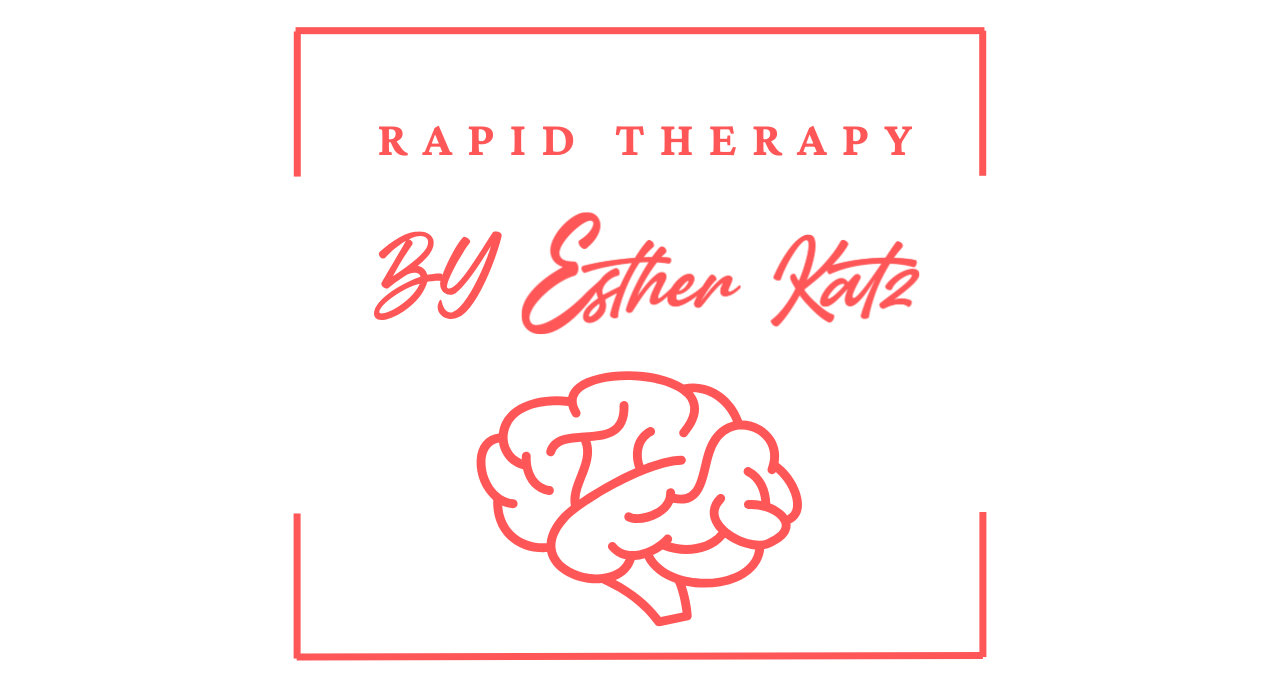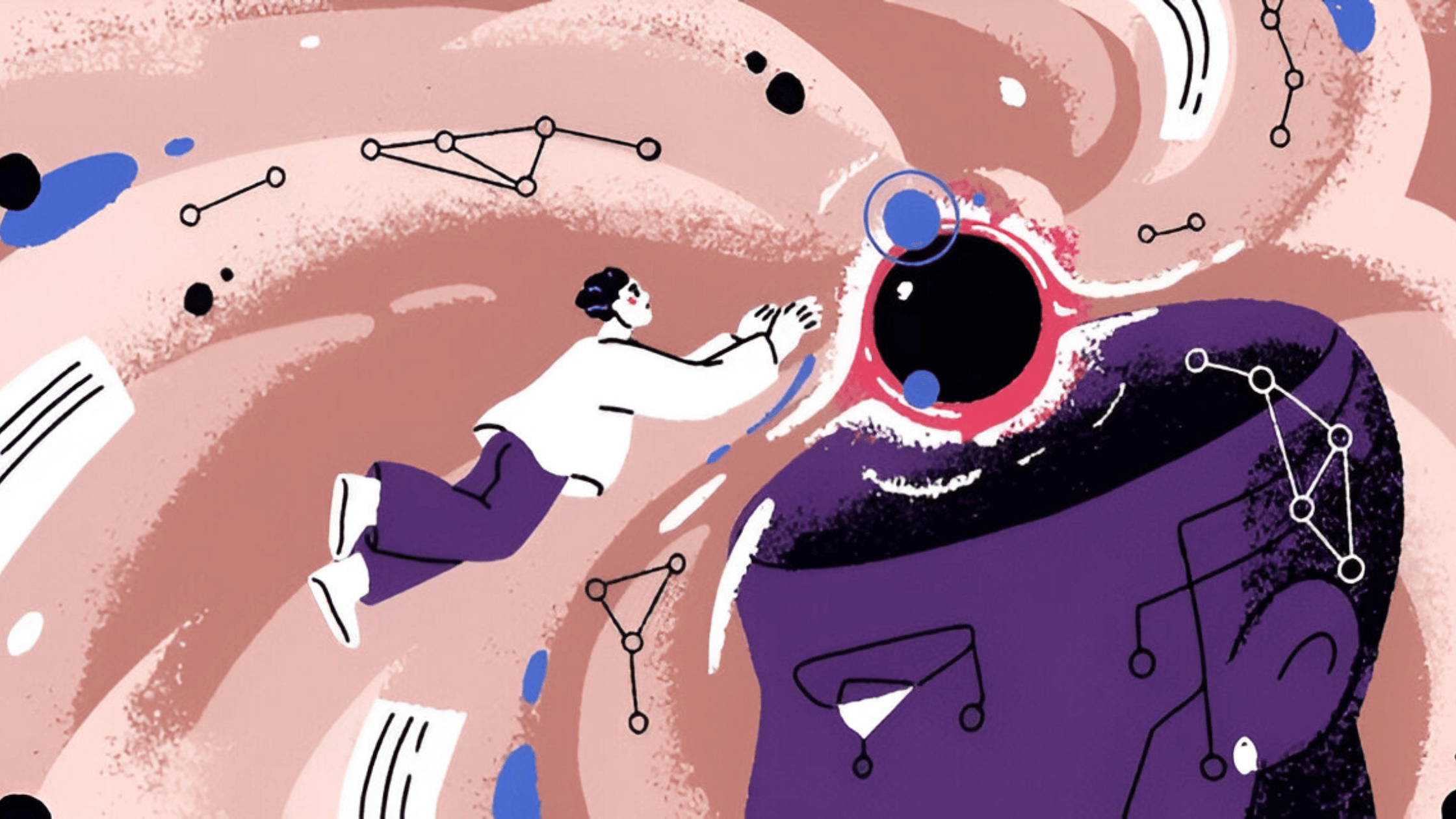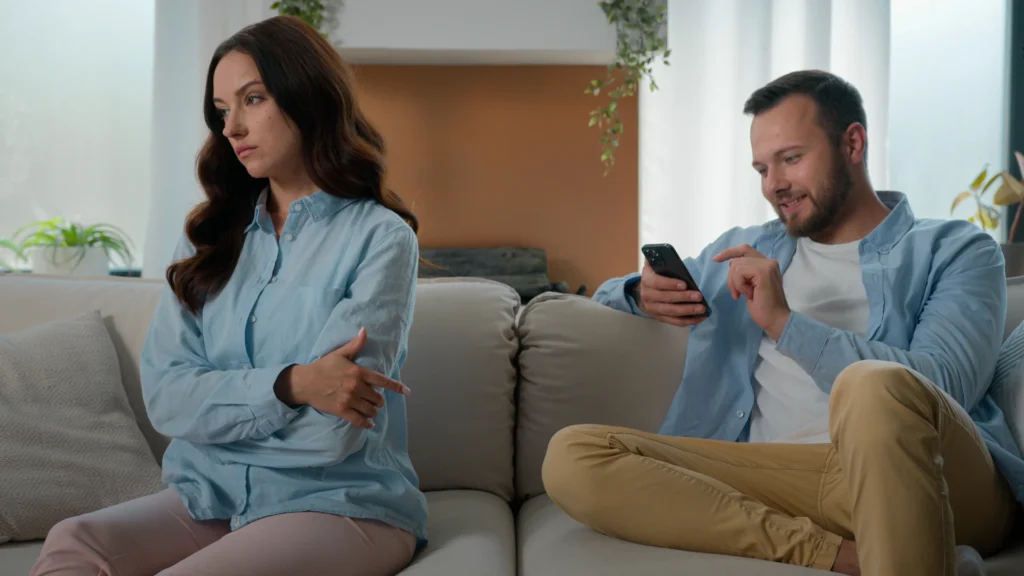In my virtual coaching practice, I’ve noticed a consistent pattern:
As the holiday season approaches, many high-performing professionals experience what I call a “neural dip.” Through hundreds of online sessions, I’ve observed how the combination of year-end pressures and holiday expectations creates a unique set of challenges, even for the most resilient minds.
One particular virtual session stands out. Sarah, a tech executive working remotely from London, came to me struggling with what she called “holiday dread.” During our deep-dive session, we explored how her brain had created strong associations between family gatherings and past experiences of criticism. Through our screen-to-screen work, we developed a practical approach to rewiring these responses.
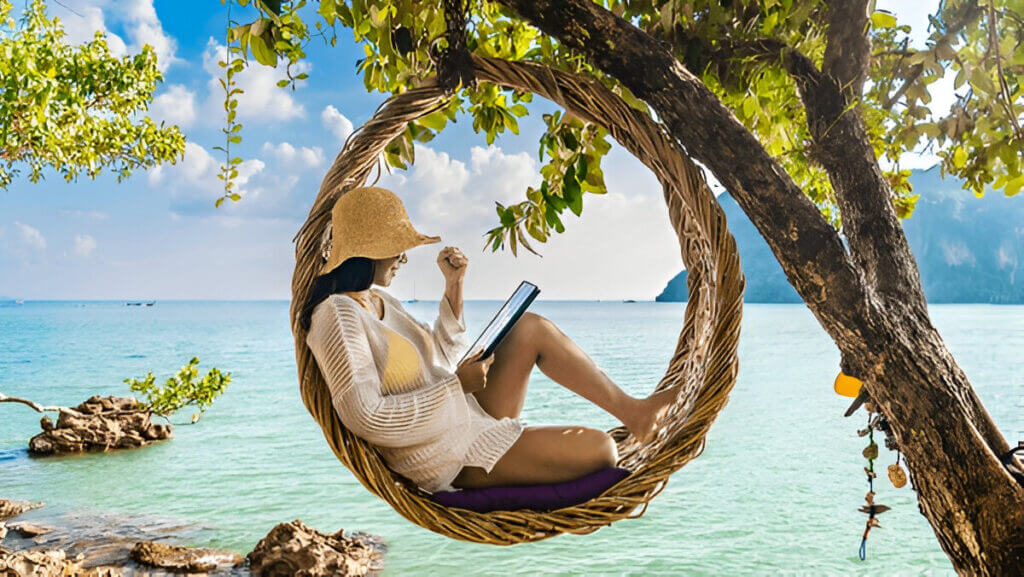
Understanding Your Brain’s Holiday Response
When clients join my virtual sessions, we first explore their unique neural landscape through targeted conversation and behavior mapping. This personalized approach reveals patterns that generic advice often misses. I’ve found that the holiday blues aren’t just “in your head” – they represent real neurological and chemical changes that we can address systematically.
Neural Rewiring Techniques That Work Remotely
Light Exposure Protocol
While working with Mark, a finance professional in Singapore, we created a personalized light exposure schedule to combat winter blues despite his long hours. Even in different time zones, we found that 15-20 minutes of morning light combined with strategic breaks transformed his mood regulation.
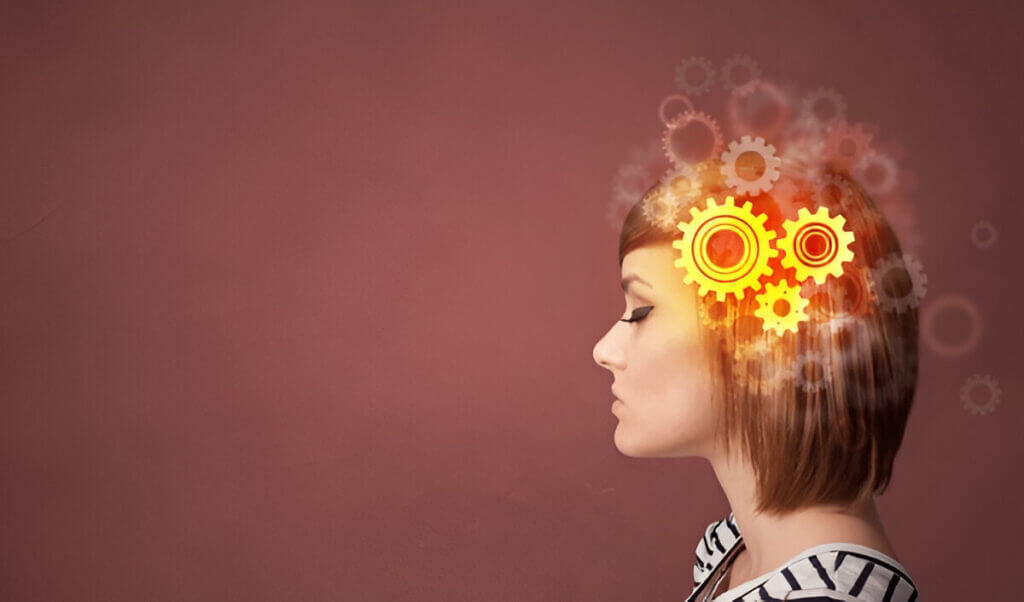
Movement as Brain Medicine
Together with clients, we design movement patterns that fit their specific schedules and preferences. What’s fascinating is how even short movement breaks can shift neural states from stress to resilience. One client, a busy executive in New York, integrated 10-minute movement sessions between Zoom calls with remarkable results.
Practical Neural Reset Tools
Through our virtual sessions, we develop what I call “Neural Scenario Planning.” Clients bring real holiday situations, and we rehearse responses while monitoring their emotional states. This allows us to create targeted interventions that work in real-world settings.
For Lisa, an HR director managing global teams, we discovered that her holiday anxiety peaked during virtual family gatherings. We developed a specific neural anchor – a combination of breath work and grounding techniques – that she could discreetly use during challenging moments.
Setting Boundaries With Brain Science
One of our most effective tools is what I call the “Neural No.” Through our virtual sessions, we practice declining invitations or setting limits while maintaining a regulated nervous system. This isn’t just about saying no; it’s about rewiring the guilt response that often accompanies boundary-setting during the holidays.
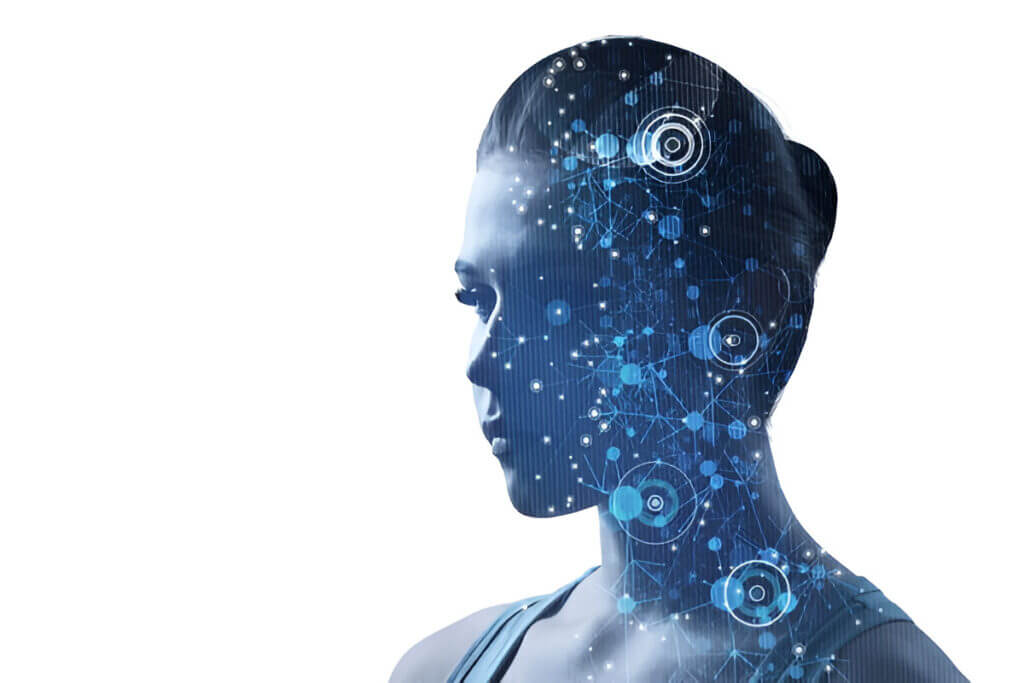
Customized Holiday Survival Toolkit
Each client leaves our virtual sessions with a personalized neural reset toolkit. For some, it’s a specific breathing pattern; for others, it’s a physical movement sequence. The key is that these tools are tailored to their unique patterns and circumstances, and can be implemented anywhere, anytime.
The Power of Micro-Practices
In our online work, we break down large changes into what I call “neural nuggets” – tiny, manageable practices that can be implemented even during the busiest holiday moments. These might be 30-second grounding exercises or brief sensory resets that work equally well whether you’re in a home office or a family gathering.
Real-World Integration
Your brain is plastic, meaning it can create new neural pathways and responses, but this takes time and consistent practice.
During the holiday season, try these evidence-based approaches:

Start your day with intentional light exposure
- Create clear boundaries around work and holiday commitments
- Use box breathing (4-4-4-4 pattern) during stressful moments
- Engage in daily movement, even if just for 10 minutes
- Practice sensory grounding when feeling overwhelmed
Remember, your holiday experience is as unique as your neural pathways. What works for one person may not work for another, which is why our virtual sessions focus on personalized strategies rather than one-size-fits-all solutions.
If you’re struggling this holiday season, remember that seeking support isn’t just about getting advice – it’s about creating new neural pathways in a supported environment, even if that environment is virtual. Your brain’s remarkable adaptability doesn’t require in-person interaction to create positive change.
Through our screen-to-screen connections, we can work together to transform your holiday experience, one neural pathway at a time.
